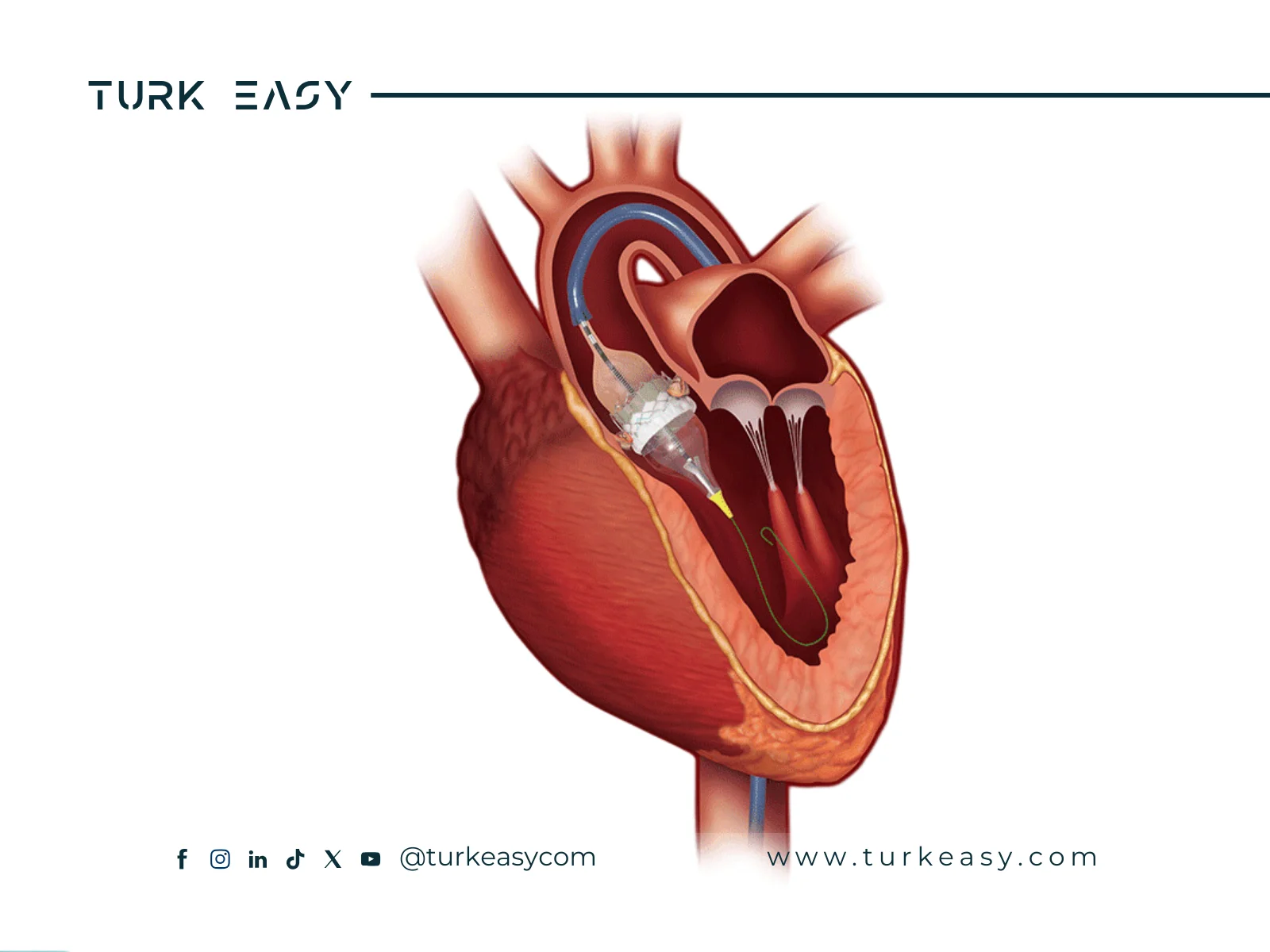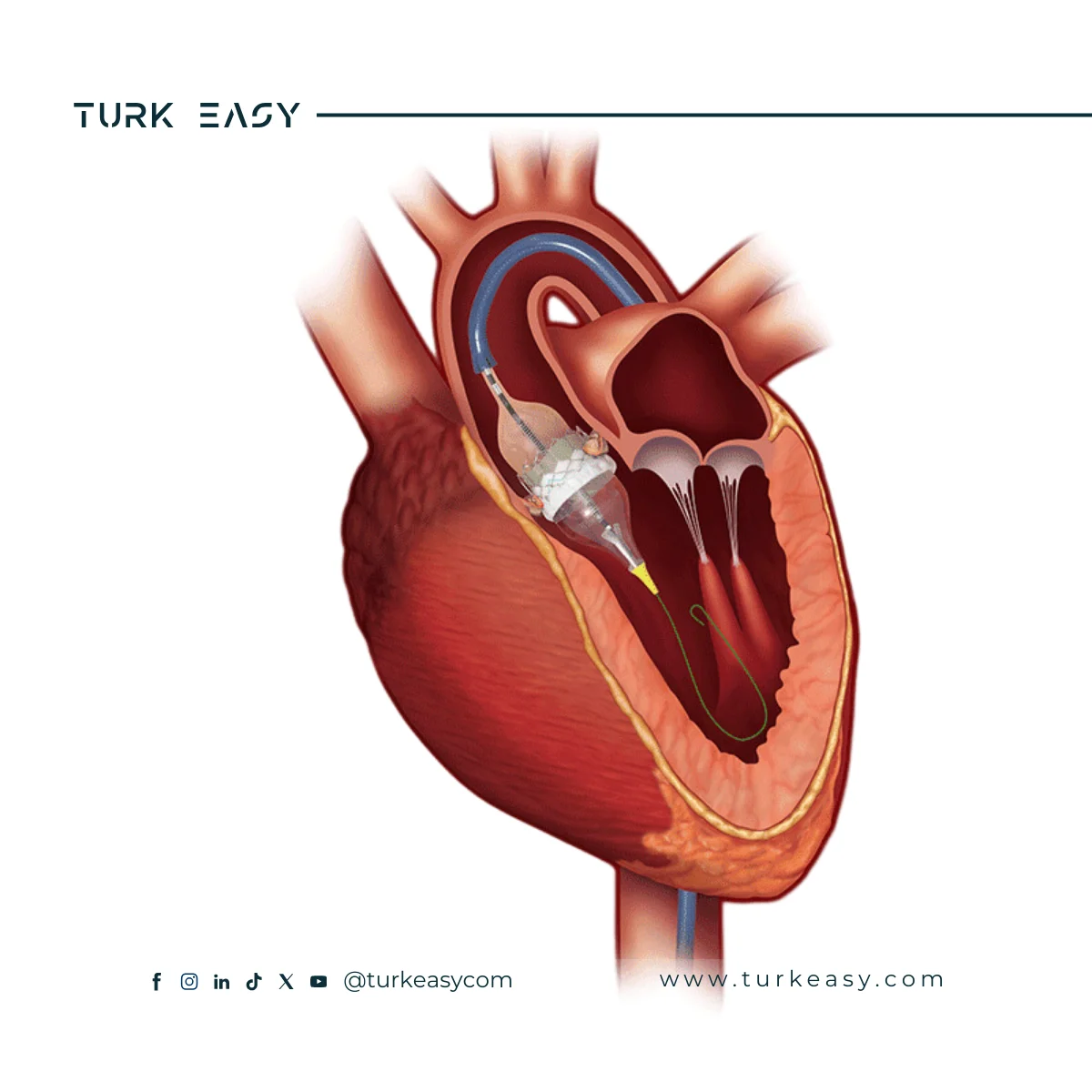Replacement of the Aortic Valve
Repairing or replacing the aortic valve is among the classified procedures within deep heart surgeries, to restore the mechanism of the heart muscle promptly. Upon the contraction of the heart muscle, blood is pushed through the pulmonary and aortic valves. Deoxygenated blood passes through the pulmonary valve into the right ventricle towards the lungs for carbon dioxide removal and blood purification. The purified blood returns to the left atrium, then to the left ventricle through the mitral valve, then to the aorta, and from there to the body tissues. The aortic valve controls the blood flow from the left ventricle to the aorta. In the normal state, this valve should close after blood passage, in preparation for a new heartbeat and the cycle repeats.
What are the types of heart valves?
Heart valves allow blood to flow in one direction across the atria to the ventricles or across the ventricles to the major heart arteries. These arteries include the pulmonary artery, which carries branches to the lungs, and the aorta, which carries branches to the body organs with oxygenated blood. The four heart valves are:
- Tricuspid valve: Allows blood flow from the right atrium to the right ventricle.
- Mitral valve: Allows blood flow from the left atrium to the left ventricle.
- Pulmonary valve: Allows blood flow from the right ventricle to the pulmonary artery.
- Aortic valve: Allows blood flow from the left ventricle to the aorta.
It is worth mentioning that the pulmonary and aortic valves are collectively referred to as semilunar valves, due to their crescent or arch-like shape.
What is the best option? Medical treatment? Repair? Or Replacement of the Aortic Valve?
Generally, the medical treatment option is the first choice for doctors, as it reduces the risk of infection and avoids the need for anticoagulants or blood thinners, which may have future side effects. Repair or replacement of the aortic valve comes in subsequent stages.
The choice between treatment, repair, or replacement depends on the nature of the defect in the aortic valve. Some cases require surgical intervention without delay, as it may pose a risk to the patient's life. Additionally, the patient's age and overall health should be considered when opting for surgical intervention. For example, some patients may have kidney or lung problems, making surgery risky in such cases.
Some patients may have multiple heart defects, and surgical intervention may be the best option to eliminate all defects, including repairing or replacing the aortic valve. For example, in cases requiring redirection of the heart's path, this may be accompanied by defects or abnormalities in the aortic valve, which can be addressed during surgery.
There are cases where surgical intervention is aimed at repairing the aortic valve, and generally, this type of operation is more challenging than replacement surgeries and requires extensive expertise from the doctors.



